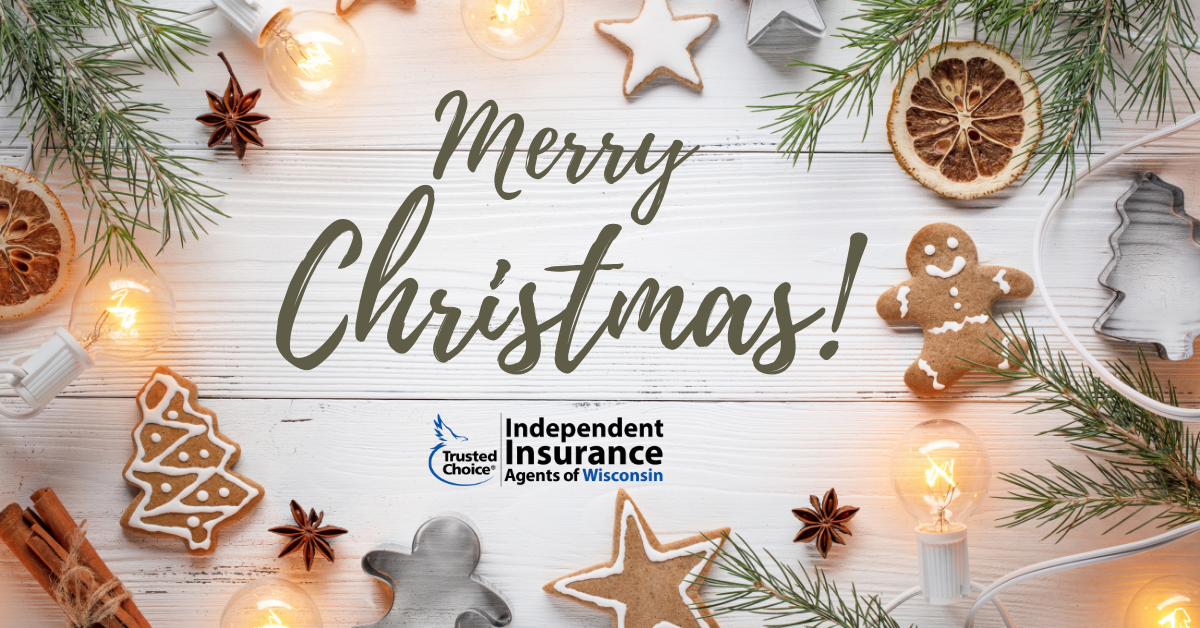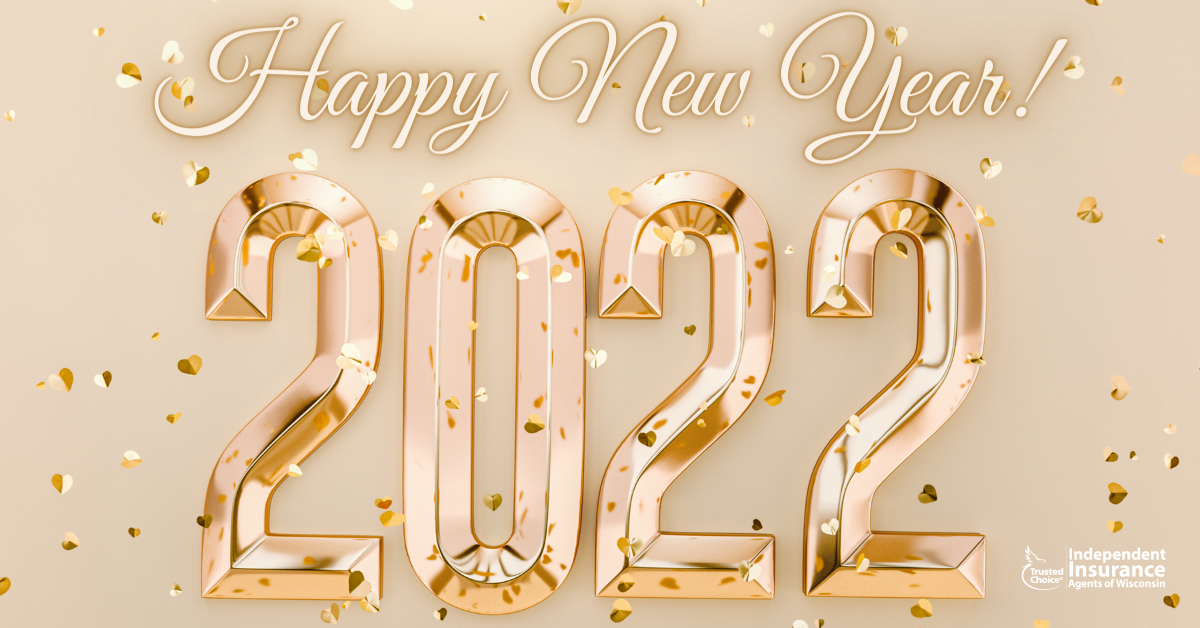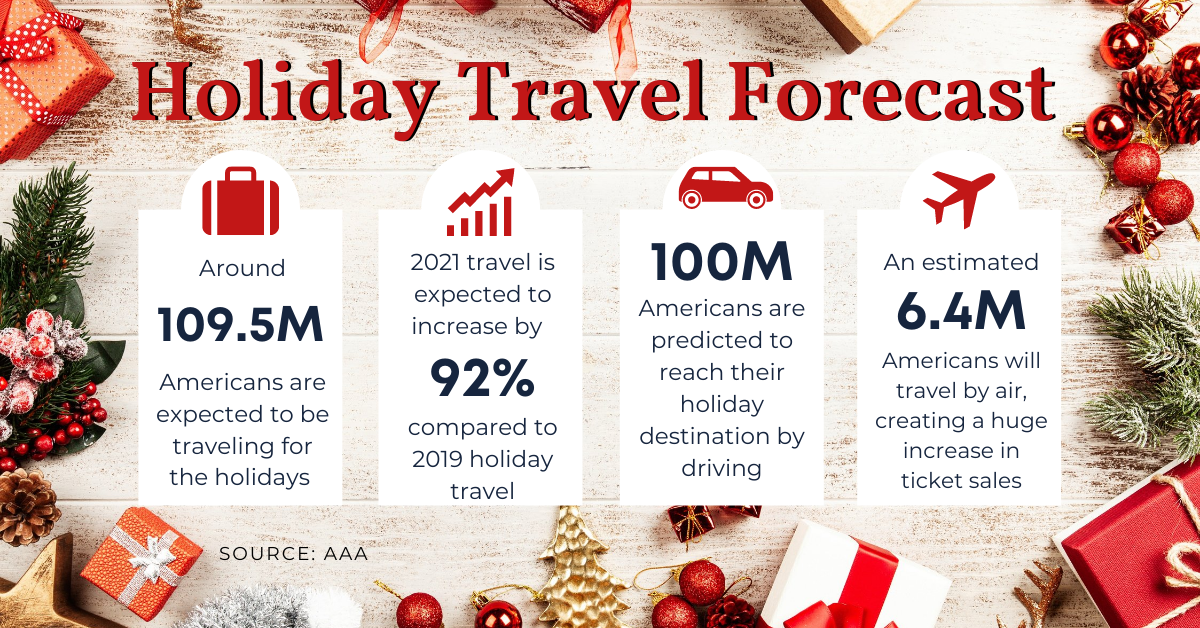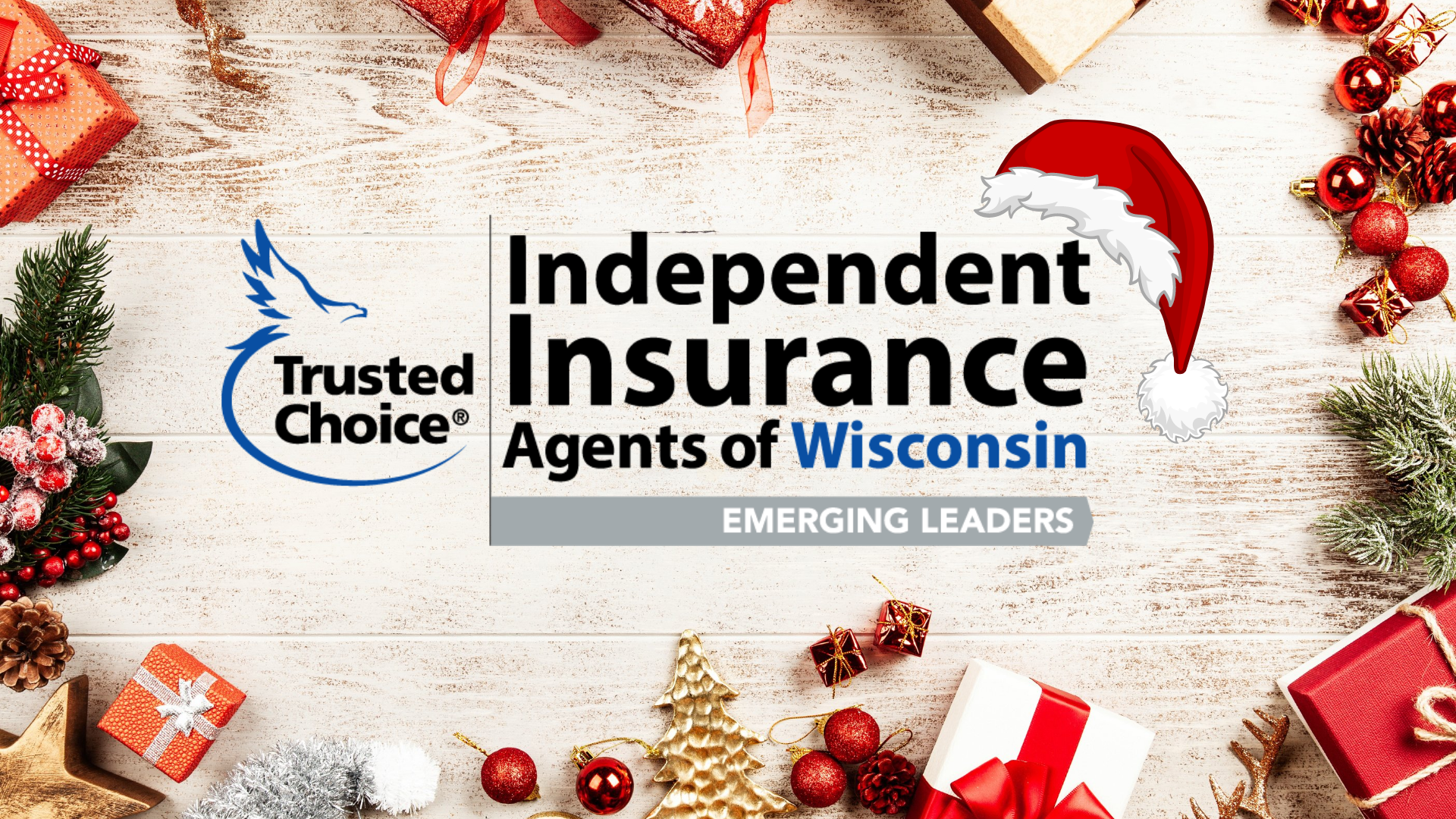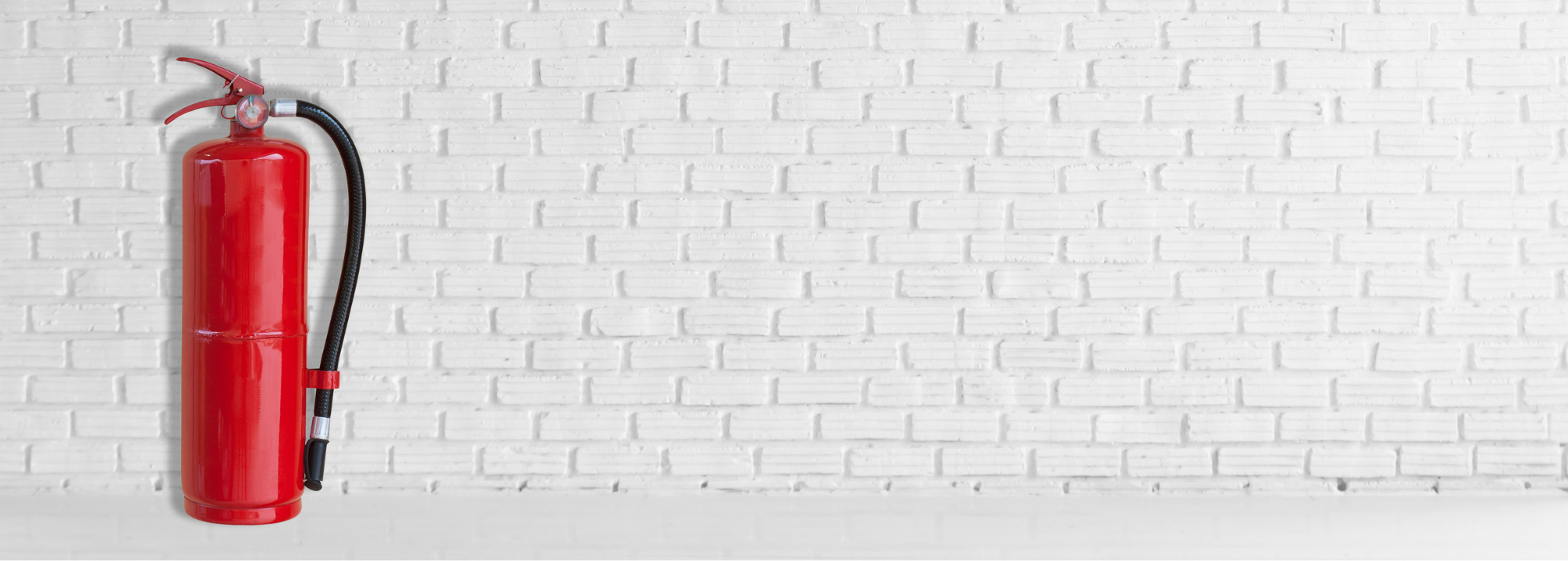
By: Chris Boggs, Executive Director Risk Management and Education, Big I Virtual University
For almost 400 years commercial property underwriters have used the same general information when evaluating a property risk:
• Construction;
• Occupancy;
• Protection; and
• Exposures.
Collectively, these are known as the “COPE” data. Although the VU has written and taught sessions on all four parts of COPE, this article provides a general overview if just one part – Protection.
Local fire departments, sprinkler systems, fire extinguishers, alarm systems, and fire doors/fire walls are the five main property protection features potentially available to property owners. Each of the five features is classified as either:
• Public or private; and
• Active or passive.
Public Protection
Fire departments are the only protection feature considered as “public” protection. Fire departments are funded by local governments and protect somewhat large areas, responding to fires and other public emergencies.
Each fire department is inspected and assigned a grade – its public protection class (PPC). Most fire departments are inspected and graded by Insurance Services Office (ISO), but some are inspected and graded by the state Departments of Insurance. Upon inspection, each department is assigned a number grade ranging between 1 and 10. The lower the number, the more effective ISO (or other jurisdictional authority) considers the department.
Public protection grades are based on factors such as fire department response times, water supply, personnel training, available equipment, communications, and mix of paid versus volunteer personnel. Countrywide, the most common PPC grade is 5. Not surprisingly, the least common, and most coveted, class is 1. (Note: Public Protection Class 10 is assigned to locations more than five miles from the closest responding fire department.)
Occasionally fire departments are assigned two PPCs. These are referred to as split classification departments. The ultimately assigned classification is a function of the closest fire hydrant or other creditable water supply. If the closest hydrant or other creditable water source is within 1,000 feet, the lower (better) PPC is used; if over 1,000 feet, the higher class is applied.
Historically, split classes were listed as 6/9 or 5/9 (examples only). However, in 2013, ISO changed how split classes are assigned. Now an “X” or “Y” replaces the historical “9” or “8B” assignments. For example, an historical 6/9 split classification is now shown as 6/6X; an historical 5/8B is now a 5/5Y.
Beyond these split class changes, ISO also created a new PPC 10 option – 10W. A “10W” is assigned to properties located more than five miles but less than seven miles from the closest responding fire department AND less than 1,000 feet from a creditable water source. According to ISO, properties meeting these parameters are a lower fire risk than is indicated by the traditional PPC 10. If these conditions aren’t met, the property is assigned the traditional 10.
North Carolina is the only state that has not adopted either classification change.
Private Protection
Alarm systems, sprinkler systems, fire extinguishers, and fire doors/fire walls are limited to one location or one property, thus each is considered private protection. No party other than the building owner benefits from these protection features.
However, simply having any or all of these protection features is not enough. Does the protective feature adequately protect the location or provide any benefit?
Alarm Systems.Fire, burglar, carbon monoxide, medical emergency, and other alarm systems are readily available to protect property and persons. Whether an alarm system is adequate is a function of several factors:
• Who receives the alarm? Does it sound locally or is
it monitored by a central station? Is the central
station listed by Underwriters Laboratory (UL)?
• What type of external communication is used? Is a
tape dialer still in use or is it digital?
• What protection exists if the power is off?
• Are there any unprotected areas?
• Are there any special features?
• Is the system installed properly?
Sprinkler Systems. Having a sprinkler system is beneficial, but simply “having” a sprinkler system isn’t always enough. Can the system meet the demands of the current operation?
Over time, buildings may be repurposed. What was originally built and used as an office with minor assembly may now be a cabinet shop. Unless the sprinkler system was updated to account for this increased fire load, it may not be effective; it certainly won’t be as effective as a system designed for a woodworking operation.
Sprinkler systems must be inspected thoroughly to assure the system can do what it was designed to do – controlling and, maybe, extinguishing a fire. Proper evaluation of a sprinkler system requires review of:
• The type of system (wet, dry, deluge, pre-action,
foam, chemical, etc.);
• The system’s condition (in good working order or
with deficiencies);
• The water supply (adequate to meet the needs of
the occupancy);
• The system’s ability to meet the current fire load;
• Any non-sprinklered areas:
• Clearance below the heads (any materials too close
to the sprinkler heads retarding its flow); and
• Any high-rack storage (are there in-rack sprinklers).
Fire Extinguishers: Like sprinkler systems, fire extinguishers are great to have; and like sprinklers, just having a fire extinguisher is not enough. To gain any benefit from a fire extinguisher requires:
• Using the correct type. Different types of fire
extinguishers are needed for different exposures.
There are five primary classes of fire extinguishers
based on the types of fire on which they are
intended to be used:
• Class A: Used to extinguish anything
producing ash (thus an “A” classification).
This is for materials such as wood, paper,
furniture, etc.);
• Class B: Used to extinguish anything that
“boils” (thus “B”). Class B extinguishers are
used to fight flammable and combustible
liquid fires;
• Class C: Used to extinguish anything that has
a “charge” (thus “C”). Class C extinguishers
are used to battle electrical fires;
(Note: A, B, and C are often combined into one extinguisher.)
• Class D: Used to extinguish combustible
metal fires (no good way to get to “D”).
Metals such as magnesium, titanium,
sodium, and potassium burn when not in
solid form (such as a pile of shavings or other
loose form). No other class of extinguisher
can be used on these fires. Class A, B,
and C extinguishers can spread these fires or
react negatively; and
• Class K: Used to extinguish kitchen fires (thus
“K”). Class K extinguishers can be handheld
or part of what is often referred to as “Ansul
systems.” Class K extinguishers and systems
are used to extinguish grease-laden fires.
• Having the correct size. An undersized extinguisher
puts the user in danger more than it helps
extinguish a fire.
• Training employees on how to properly use the fire
extinguishers.
• Placing fire extinguishers in the natural path of exit.
Users and potential users should be able to access
the extinguishers as they are leaving the area; they
should not have to go into the room (fire) to find an
extinguisher.
• Properly locating fire extinguishers. Extinguishers
should be hung at eyelevel with no more than 75
feet of travel distance from any point.
Fire Walls and Fire Doors: The size of a building has a direct effect on the difference between the structure’s Maximum Possible Loss (MPL) and Probable Maximum Loss (PML). One method to lower the PML is to divide the building into smaller sections (compartmentalization) by constructing fire walls and using fire doors.
Compartmentalizing a building using fire walls and fire doors reduces the possibility – or probability – of widespread fire damage, ultimately lowering the PML.
Fire walls and fire doors are effective only when minimum standards are met. Lacking in any of these standards makes such walls and doors nothing more than fire stops or merely an obstacle that slows the fire. For a wall to qualify as a “fire wall,” it must:
• Be one continuous masonry wall;
• Be a minimum of 6 or 8 inches thick (the difference
in thickness is a function of the materials used);
• Come into direct contact with fire resistive masonry
or noncombustible walls and roof; and fully pierce
“slow-burning” or combustible walls and roof;
• Have any openings protected by self-closing, 3-hour
rated fire doors (aka Class “A” doors). If such a door
is blocked open or unable to fully close, the wall is
no longer considered a fire wall; and
• Protect any openings through which HVAC ducts
pass with a 1 ½ hour rated damper.
Active vs. Passive Protection
Does the protection feature act or react in the absence of humans or is human intervention or action required? This is the difference between “Active” and “Passive” protection.
Active protection features don’t require human presence to do what they are designed to do. However, humans must eventually react to an active protection feature to successfully mitigate the situation.
Sprinkler systems and alarm systems are the two active (self-actuating) protection features.
Even when no one is around, a sprinkler system “reacts” (provided it is in good working condition). Likewise, an alarm system sounds or sends a notice when a monitored situation occurs. Ultimately humans must do something, but they are not required to activate either of these systems.
Passive protection features are the local fire departments, fire extinguishers, and fire walls/fire doors. They are just “there.”
• Fire departments stand ready to respond to
emergencies, but since the fire department is away
from the building and human action is required (
the firefighters have to get suited up, get on the
trucks, and drive to the scene), a fire department is
considered passive protection.
• Fire extinguishers are fully passive. An extinguisher
is of no benefit until a human takes it, pulls the
safety pin, and applies the extinguishing chemicals
onto the fire.
• Fire walls and fire doors are truly just there – the
ultimate in passive protection. Fire walls and fire
doors don’t act in any way; they exist solely to get in
the way of the fire.
Property Protection
Effective property protection requires use of the appropriate protection options. Which protection features are necessary is a function of the building and the operations. Although every building is protected by a responding fire department, not every building requires a sprinkler system. Likewise, every building should be supplied with the proper fire extinguishers, but a particular building may not require compartmentalization by use of a fire wall/fire door combination.
Regardless the protection features in use, every worker on the premises must know and understand the need for and the use of the protection features present.


